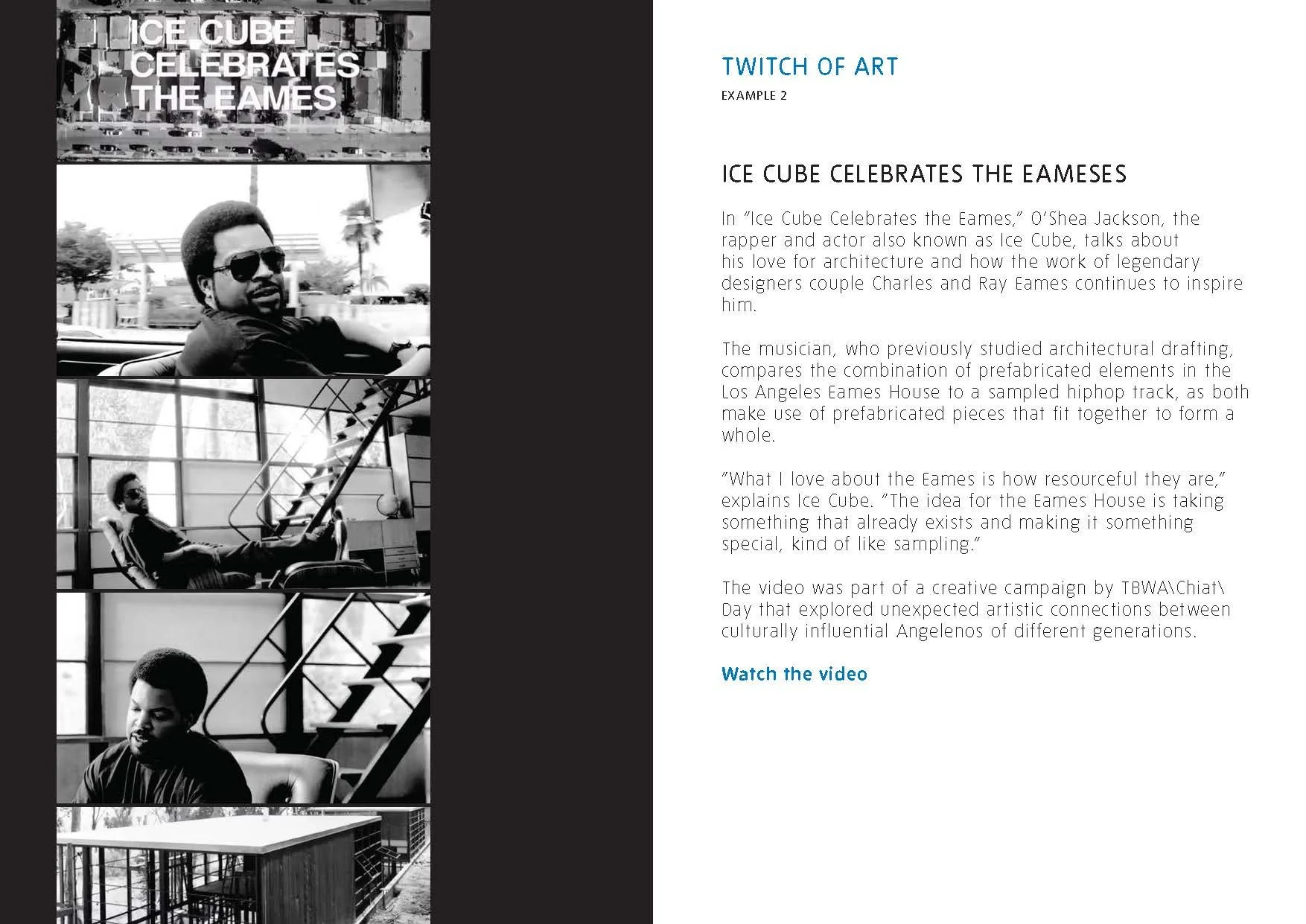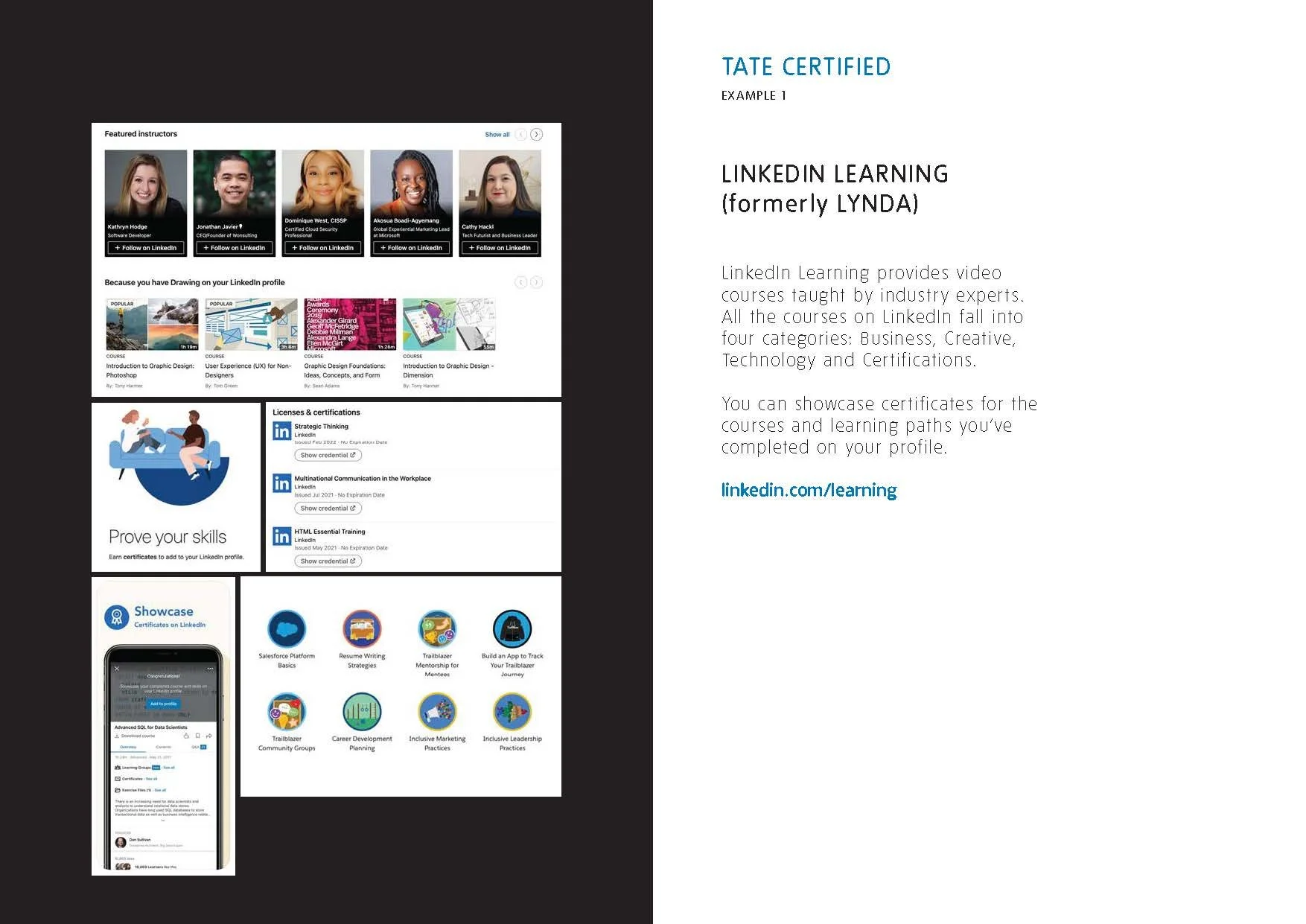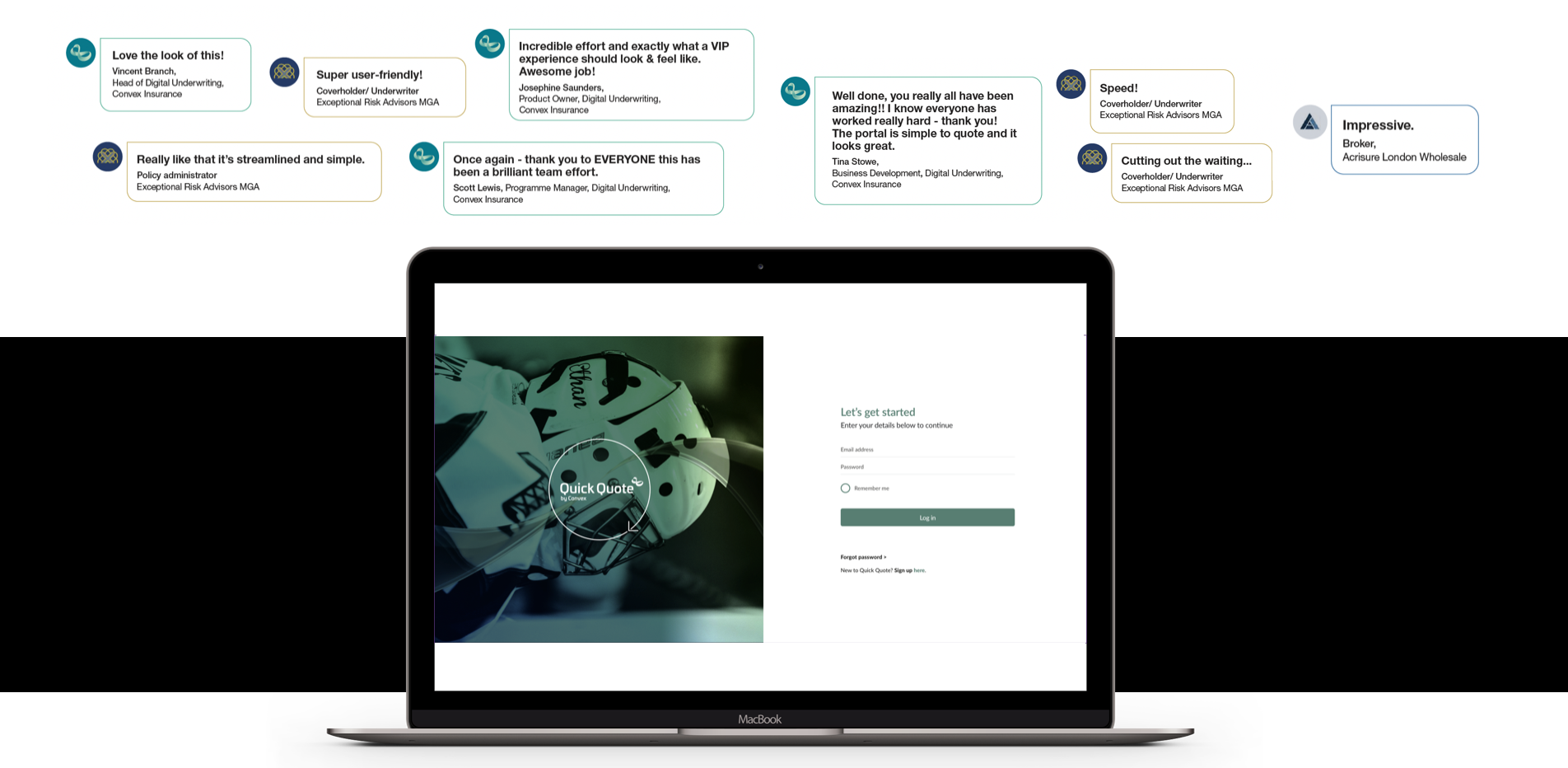Digitising the undewriting process
Convex, a London-based specialty insurer and reinsurer, needed to modernize and digitize their underwriting process in order to trade more quickly and efficiently with their distribution partners. Using the Double-Diamond design methodology, our team has designed and built an MVP of a “Quick Quote” digital portal, executed on a no-code platform Unqork using a WTW pricing engine technology.
CX PROJECT LEAD AND CREATIVE DIRECTOR
TEAM SHAPE
EY: Client Partner, Delivery Lead, Tech Solution Architect, Configurator, Automation Tester
Unqork: 2 CSS coders
Willis Towers Watson: 2 Tech leads
We brought Convex and their partners on a journey with us to design and build the MVP.
___
Double Diamond methodology: Explore & Define / Design & Build / Post-launch
Agile delivery: 2 weeks sprints, daily stand-ups, weekly ceremonies
___
WEEKS 1-4 / RESEARCH - WORKSHOPS - DEFINING - TESTING
Understanding the business and the users, their pain points, needs and wants; understanding Convex brand principles, VI and the limitation of the Unqork platform. Creating user journeys and personas to structure the information; defining opportunities; defining digital CX principles and the look-and-feel of the portal.
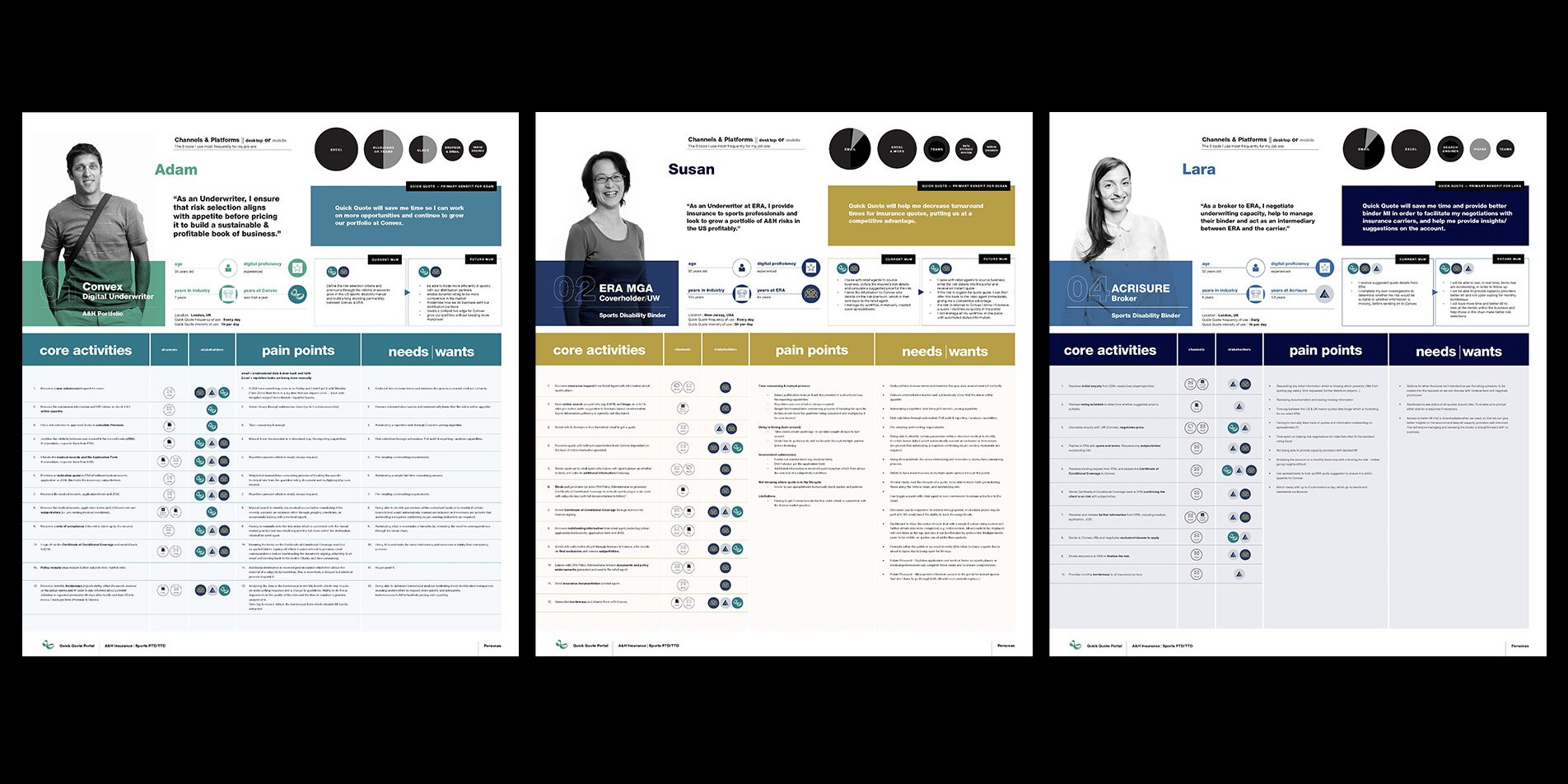


WEEKS 5-8 / DESIGNING & BUILDING WHILE TESTING & ITERATING
Creating the portal’s information architecture. Creating high-level concepts, UX patterns, UI stylesheets and designing the interfaces. Testing & iterating concepts and designs to ensure the proposed solutions stay aligned with user and business needs. Guiding Unqork configuration and coding teams.
LEARNINGS
The importance of getting your head around how the business works before even thinking about solving the design challenge.
Automation and low-code platforms come with limitations… but they work.
Helping the client simplify and structure their thinking is 70% of the job. Our design methodologies are useful and necessary but it’s not what the client “buys”. It’s good to excite them with an early visual exploration of the actual product, even if it feels counter-intuitive.
___
Redefining GSK’s digital portal for respiratory professionals
The project was to to define, design and develop a premium, efficient and engaging digital portal for NHS respiratory professionals, that would drive increased prescriptions of GSK’s single-dose inhalers and dry-powder inhalers.
OVERALL PROJECT LEAD AND CREATIVE/DESIGN DIRECTOR
TEAM SHAPE
CX Design Lead, SME (COPD specialist), Research Lead, Business Analyst, Sr Product Designer, Copywriter, Data Viz Designer, Client Partner (supporting)
___
Assembling a cross-functional team with EY’s NHS & COPD experts in the delivery work stream, I split the program into 2 tranches, running an agile delivery and following a double-diamond methodology.
___
AUDIT - DISCOVER - DEFINE
This part of the project was focused on Business, Technology and Brand audit, heuristic evaluation of the old portal and internal run-through the old portal with our COPD specialist. Activities included competitors analysis, GSK brand review, series of immersion workshops to understand business terminology, inhalers’ prescribing trends, and users’ needs and pains points. Based on our analysis, we defined opportunities, created a set of personas, established the future-state user journey, site architecture, content hierarchy etc. all with extensive testing and iterations.



Defining UX Principles and Tone of Voice principles helped guiding the team in thinking, creating, and collaborating. The selected creative direction provided clarity, originality and a fresh expression, while a new style library and data viz guidelines ensured a coherent look-and-feel.




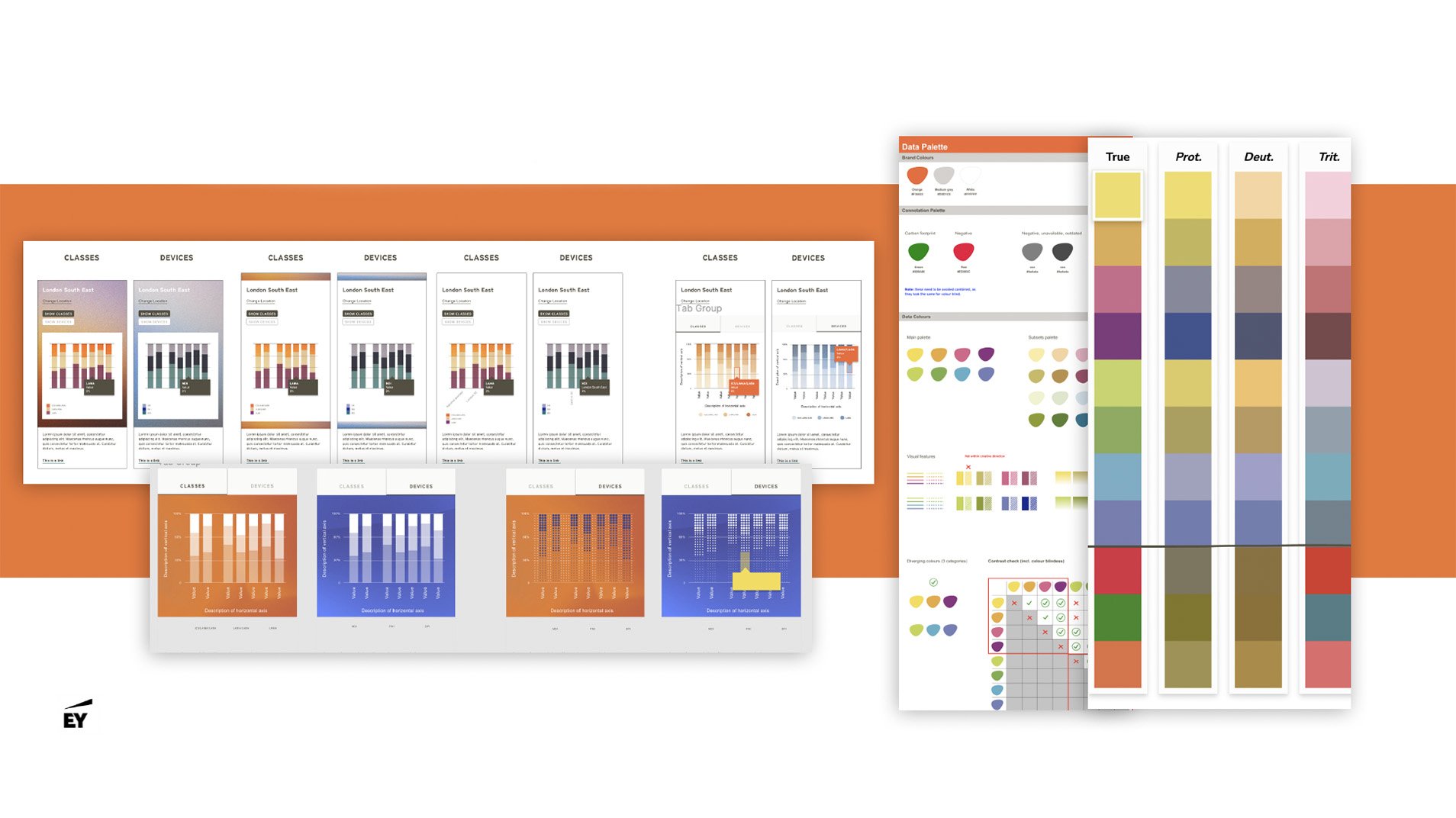
DESIGN / DELIVER
We delivered a functional MVP in 7 weeks, immediately resulting in improved user engagement and overall experience and a direct positive impact on GSK’s business objectives. Close collaboration with the GSK team throughout the entire process was key, as well as engaging the dev team as early as possible. The project laid foundation to a long-term business relationship with GSK.
Going beyond CRM to envision the museum of tomorrow
Tate Gallery London was interested how they could leverage their new CRM capability to deliver better customer experience and drive up revenues. Tate is a siloed organisation where different parts have different cultures and mentalities. Besides the museum, there is an educational arm, a membership team and ecommerce. The audience is both UK and international. To answer the challenge we proposed them a cross-functional team that would think how Tate could develop an omnichannel customer experience leveraging CRM & Data.
OVERALL PROJECT LEAD AND STRATEGIC/CREATIVE DIRECTOR
TEAM SHAPE
Strategic Lead, Business Analyst, Service Designer, Client Partner (supporting)
___
I split the project in 2 phases: 3 weeks of discovery and research and 5 weeks of ideation, design and testing.
___
PHASE 1
During the first stage we developed a journey map to document an end-to-end omnichannel customer experience. We held discovery sessions with the business stakeholders and read Tate’s strategic documents in order to have a view of the to-be state. Our goal was to discover and align both sides: users and the business. To achieve this, we created a range of other creative/design tools such as archetypes and creative territories and ultimately created the end to end CX map.






PHASE 2
In the last weeks of the project we developed a Northstar for what a future customer experience could be to help Tate to achieve their commercial and business goals: increase ticket sales, increase food & beverage sale in the museum restaurant/cafe and online/onsite museum store sales and to attract a more diverse audience to the museum.
We used our analysis from Phase 1 to develop a set of creative ideas and prototypes on how can Tate use social, CRM, on-site digital, their own staff etc., and created a future visitor journey featuring Abeni, a black girl living in London, who in our story visits Tate with her brother.





























